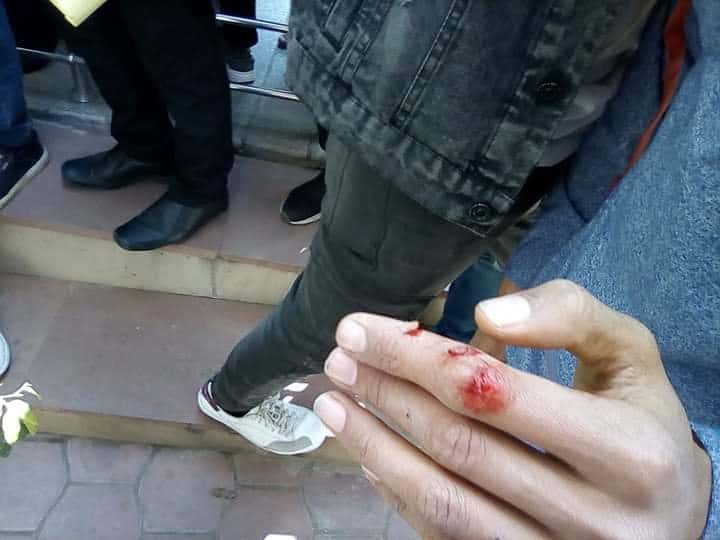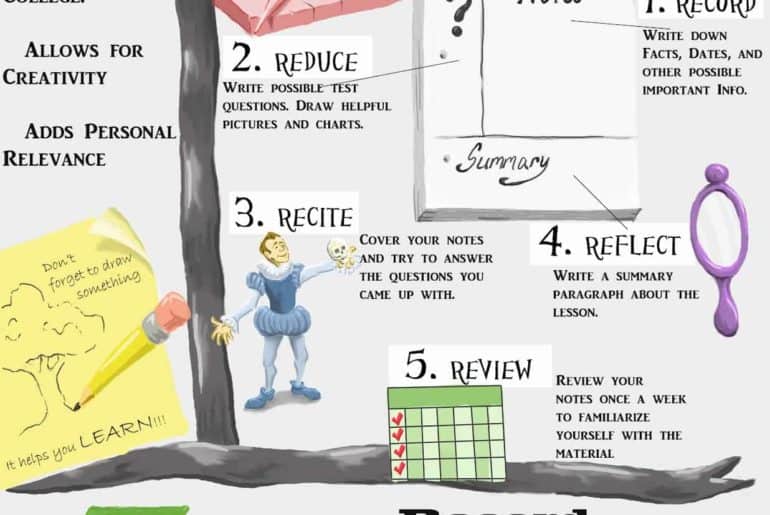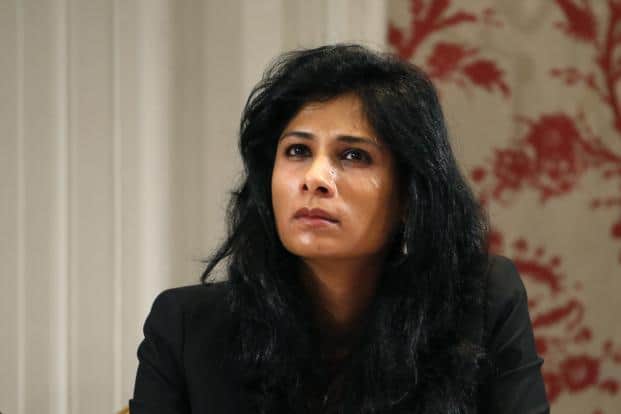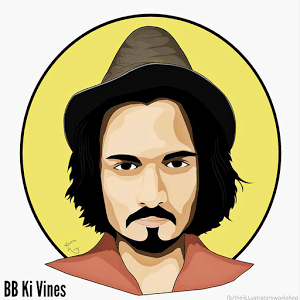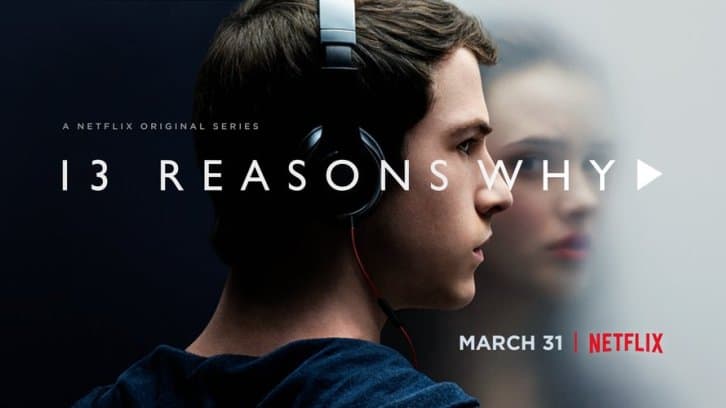Recent proposals for changes in the syllabi of various undergraduate courses have sparked opposition from the teaching staff, and the ABVP.
Controversy over academic matters arose in the University of Delhi (DU), with some members of the Standing Committee and the Academic Council (AC), along with the Akhil Bharatiya Vidyarthi Parishad (ABVP) taking objections to some of the proposed changes in the syllabi of various undergraduate courses.
The controversy has taken the form of opposition from Academic Council members and protests by the ABVP, which some had alleged to have turned hostile.
The Background
A report in The Hindu stated that changes in the syllabus proposed by the English department of the University were opposed in a meeting of the Standing Committee to review the Undergraduate syllabus on 11th July. Among the proposals was the inclusion of study materials related to the role of the Rashtriya Swayamsevak Sangh (RSS) in the 2002 Gujarat riots, and use of Hindu deities in the reading of Queer Literature.
Similar was the case with the English Journalism syllabus. As reported by The New Indian Express on 15th July, objection was raised by some members of the Academic Council over the inclusion of chapters about Muzaffarnagar riots, and instances of lynchings.
On 17th July, The Indian Express reported about the syllabus changes of other courses and the objections that came along with them. These included syllabi of History, Political Science and Sociology, along with English. The report stated that the Academic Council “referred the syllabus of English and History back to the respective departments for reconsideration, thereby refusing to pass it as it is.” The report further read, “On the syllabi for Political Science and Sociology, some AC members said they too had been sent back for modification, while others claimed they were passed with ‘minor modifications’.”
Who objected and why?
Professor Rasal Singh, a member of the Academic Council, had raised objections regarding the syllabus changes. He alleged that in the story Maniben Alias Bibijaan – a background to the 2002 Gujarat riots – RSS and its affiliate organisations like Bajrang Dal were shown in a “very bad manner”, and were portrayed as “looters” and “murderers”.
He further said that in the syllabus proposed by the English department, “Gods Vishnu, Shiv, Kartikeya and Ganesh were depicted as part of the LGBT community. The sources and evidence for these were secondary sources like ‘Same Sex Love in India’ written by Leftists on the basis of foundational texts of Indian culture such as the Bhagavata Purana, Skanda Purana, and Shiva Purana.” He also alleged that “too much Literature was being incorporated in a paper like ‘Communication Skills’. Instead of core courses like ‘Indian Writing in English’, new papers such as ‘Literature and Caste’ and ‘Interrogating Queerness’ were started.”
Regarding the History department, he said that “[topics about] Rajput history, Amir Khusrau, Sher Shah Suri and Babasaheb Ambedkar were removed from the syllabus. In the ‘Democracy on Work’ course, only the history of Naxalism and the Left have been included.”
He also said that the topics related to the Vedic society, the joint family, village swaraj, and “basics of Indian cultural thought such as environmental discussions and nature worship” were removed from the Sociology syllabus. On the Political Science front, according to Mr Singh, Maoism had been included in the course on ‘Indian Social Movements’, while other social movements like the Ramakrishna Mission, Arya Samaj, Brahma Samaj, and Khudai Khidmatgar were removed.
Mr Singh also alleged that the English department had not complied with the format and instructions of the Choice-Based Credit System (CBCS) and instead of a 30 percent change in the syllabus, close to a 100 percent change had been done.
The syllabus showed “tremendous predominance of leftist ideology and a ceaseless opposition towards nationalist ideology, Indian culture and the RSS,” Mr Singh said.
The ABVP, the student-wing of the RSS, organised a protest on 15th July, against the “inclusion of false facts relating to Hinduism and nationalist organisations.” The ABVP also demanded for the “inclusion of elected office bearers of Delhi University Students’ Union in the Academic Council,” as per a press release made by the student organisation on 16th July.
While some alleged that the ABVP tried to “barge into” the Vice Chancellor’s office and demanded that the Heads of Department of English and History, and Academic Council member Saikat Ghosh be “handed over to them,” the student organisation maintained that the protest was “peaceful.”
“Following the protest of ABVP yesterday, Delhi University administration has withdrawn the proposed syllabus of Political Science, English, History and Sociology courses for revision and decided to retain 5 students as members in the Academic Council,” said Ashutosh Singh from the ABVP.
Note – Mr Ghosh could not respond to requests for comments by the time of publishing of this report. This report would be updated as and when he does.
Similar instances in the past
In October last year, the ABVP had objected to the appointment of historian Ramachandra Guha as the Shrenik Lalbhai Chair Professor of Humanities and the Director of the Gandhi Winter School at the Ahmedabad University’s School of Arts and Sciences. Pravin Desai, the ABVP Secretary for Ahmedabad city was quoted in The Indian Express as saying, “We said that we want intellectuals in our educational institutes and not anti-nationals, who can also be termed as ‘urban Naxals’. We had quoted anti-national content from his [Guha’s] books to the Registrar. We told him, the person you are calling is a ‘Communist’. If he is invited to Gujarat, there would be a JNU-kind ‘anti-national’ sentiment.”
Following this, Mr Guha announced that he would not be taking up this position due to “circumstances beyond my control.”
Counter-protests
Some student organisations have condemned the ABVP’s protests. Organisations such as the Students’ Federation of India (SFI), All India Students’ Association (AISA), Collective, and others had called for a ‘joint protest’ on 17th July at the Arts Faculty, to “save our critical thinking universities and textbooks from communal forces.”
Amarjeet Kumar Singh from AISA said, “We demand that the syllabus should be decided by the Academic Council and not by the ABVP.”
Feature Image Credits: Various.
Prateek Pankaj





